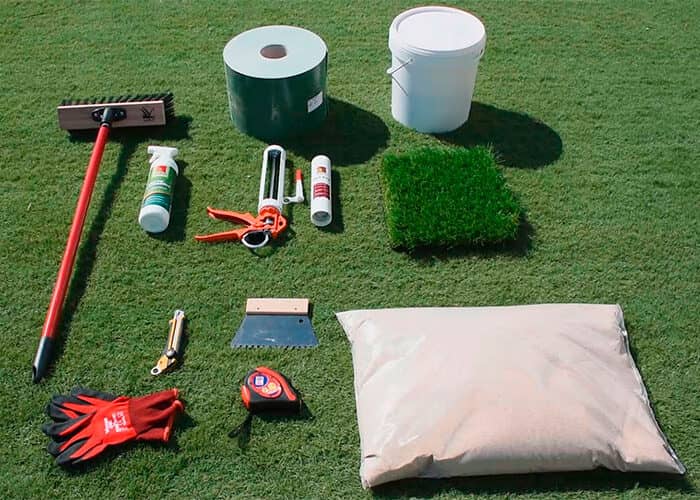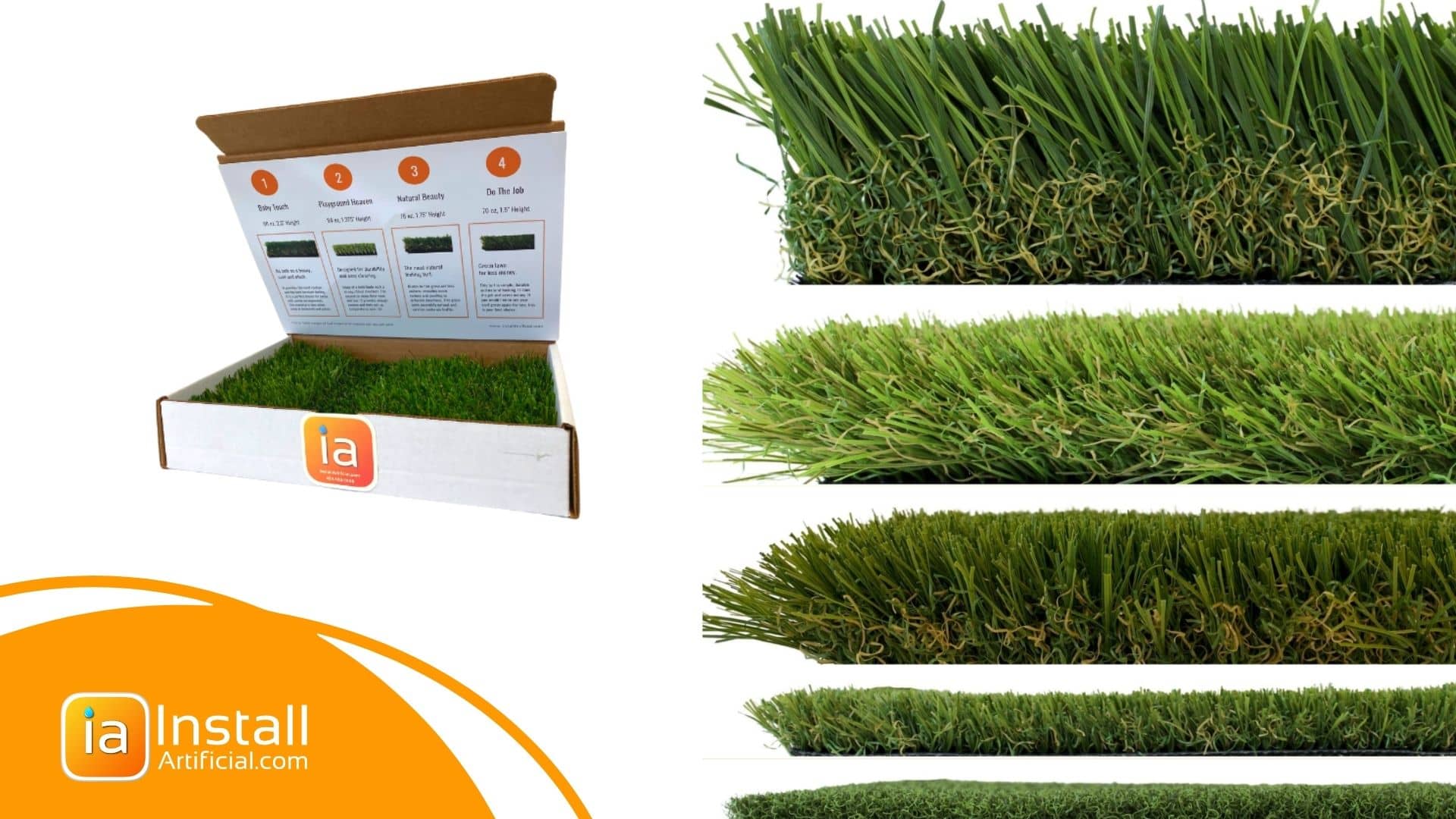Backyard Artificial Grass Canoga Park Ideas for Functional Outdoor Living
Backyard Artificial Grass Canoga Park Ideas for Functional Outdoor Living
Blog Article
Leading Reasons to Take Into Consideration Artificial Grass for a Lavish and Low-Maintenance Lawn
As home owners significantly look for sustainable remedies for exterior areas, artificial yard presents an attractive option to conventional grass. The advantages extend past plain appearances and sustainability; exploring the diverse ramifications of synthetic grass exposes an extensive approach to yard administration that values deeper consideration.
Year-Round Plant
One of one of the most substantial benefits of synthetic turf is its ability to supply year-round plant, despite climate conditions. Home owners typically face challenges in maintaining a lively lawn due to seasonal modifications, droughts, or heavy rains. Synthetic grass gets rid of these problems, guaranteeing a continually lavish appearance throughout the year.
This artificial choice is engineered to withstand varied weather circumstances, from blistering summer season warmth to cold winter temperatures. Unlike all-natural lawn, which may brownish or end up being uneven throughout extreme conditions, synthetic lawn keeps its vivid color and appearance, boosting the visual appeal of any type of landscape.
In addition, synthetic grass is immune to insects and conditions that usually influence all-natural yards. This resilience adds to its long-lasting elegance, as there is no need for chemical treatments or fertilizers that can be harmful to the setting. Furthermore, home owners can appreciate the visual benefits of a properly maintained grass without the cyclical challenges posed by natural grass treatment (artificial grass).
Minimized Maintenance Efforts
Artificial turf dramatically reduces maintenance efforts, allowing property owners to appreciate a pristine grass without the taxing tasks connected with all-natural yard care. One of one of the most noteworthy benefits of artificial turf is the removal of routine mowing. Without any need for a lawnmower, property owners save both time and the expense of upkeep related to this equipment.

Cleaning up artificial grass is simple; a straightforward rinse with a hose pipe or the periodic brushing to remove debris is generally enough - artificial grass canoga park. This ease of treatment allows property owners to spend more time appreciating their outside areas as opposed to laboring over them. In summary, the decreased upkeep efforts linked with man-made grass make it an enticing option for those looking for a beautiful, hassle-free lawn
Water Conservation Advantages
The significant reduction in upkeep initiatives related to synthetic lawn includes water conservation, making it an eco-friendly choice for home owners. Traditional grass need substantial amounts of water to remain lively and rich, usually leading to too much water usage, especially in deserts. In contrast, fabricated turf gets rid of the need for routine watering, dramatically reducing the overall water usage in your yard.
By going with synthetic grass, house owners can save thousands of gallons of water each year. This shift not only advantages specific households but also adds to wider ecological campaigns focused on minimizing water waste. In areas experiencing water shortage, the fostering of man-made yard can play a substantial function in reducing the impacts of dry spell and making certain that important water sources are made use of much more efficiently.
Additionally, the installation of fabricated grass can assist lower municipal water demand, benefiting the neighborhood overall. With expanding awareness of ecological concerns, picking man-made site here grass offers as an aggressive action towards lasting landscaping, helping to protect all-natural water sources while preserving a cosmetically pleasing outdoor area (artificial grass installation). In recap, fabricated lawn provides an engaging service for water conservation, straightening environmental duty with contemporary landscaping needs

Bug and Allergy Decrease
A significant advantage of installing artificial grass is its capability to lower bugs and irritants in outside areas. Conventional turf lawns often act as breeding grounds for insects such as insects, ticks, and ants, which can create discomfort and health threats for animals and households. On the other hand, fabricated turf removes the natural product that brings in these bugs, thereby substantially decreasing their populations in your yard.
In addition, all-natural yard can harbor mold and mildew, pollen, and other irritants, which can cause allergies and breathing concerns for sensitive individuals. Synthetic turf gives a cleaner environment, reducing the capacity for allergenic responses. Unlike natural turf, synthetic grass does not create pollen, making it a superb choice for allergy patients seeking to enjoy their outside spaces without the risk of flare-ups.
Additionally, the absence of dirt in synthetic lawn indicates there is much less dust and dirt, additional minimizing air-borne allergens. This great site low-maintenance option not only boosts the visual charm of your lawn but also advertises a healthier exterior atmosphere, enabling family members to enjoy their grass without the constant concern of irritants and bugs. Thus, synthetic yard is a tactical selection for those prioritizing comfort and health in their outside space.
Long-Term Expense Financial Savings
Purchasing synthetic grass can cause substantial long-lasting price financial savings for property owners. While the first financial investment might seem significant, the financial benefits with time can be substantial. Man-made yard removes the need for routine lawn maintenance expenses, such as mowing, feeding, and watering. Standard lawns often require significant sources to preserve a lush appearance, specifically in areas prone to drought or severe climate condition.
Furthermore, the longevity of synthetic turf even more enhances its cost-effectiveness. Many high-grade artificial turf products can last 15 to 25 years with minimal maintenance, decreasing the need for replacement or comprehensive repair work. In contrast, all-natural grass may call for frequent reseeding and routine treatment, which can quickly build up in costs.
Energy cost savings are an additional vital factor. Homeowners can expect to see lower water costs, as synthetic grass does not call for irrigation. Additionally, the decrease in yard care solutions can maximize useful visit the website time and sources, permitting property owners to designate their budgets elsewhere.
Final Thought
In recap, synthetic lawn offers numerous advantages for property owners seeking a low-maintenance and vibrant landscape. Its capability to provide year-round greenery, combined with minimized maintenance efforts and substantial water preservation, makes it an appealing selection. Furthermore, the reduction of pests and irritants contributes to a healthier exterior setting. Inevitably, the lasting cost financial savings related to synthetic grass strengthen its condition as a sensible and sustainable solution for enhancing outdoor areas.
Man-made yard considerably decreases upkeep initiatives, enabling home owners to appreciate an immaculate lawn without the lengthy jobs associated with natural lawn treatment.The substantial decrease in maintenance efforts linked with synthetic lawn prolongs to water conservation, making it an eco friendly option for home owners. In contrast, synthetic grass gets rid of the demand for regular watering, substantially decreasing the overall water intake in your yard.
In locations experiencing water deficiency, the fostering of man-made lawn can play a considerable duty in alleviating the results of drought and making certain that useful water sources are made use of extra effectively.
With growing recognition of environmental concerns, picking fabricated turf offers as a proactive action towards lasting landscape design, assisting to protect all-natural water resources while maintaining an aesthetically pleasing outdoor space.
Report this page